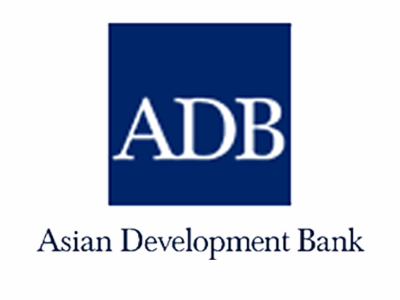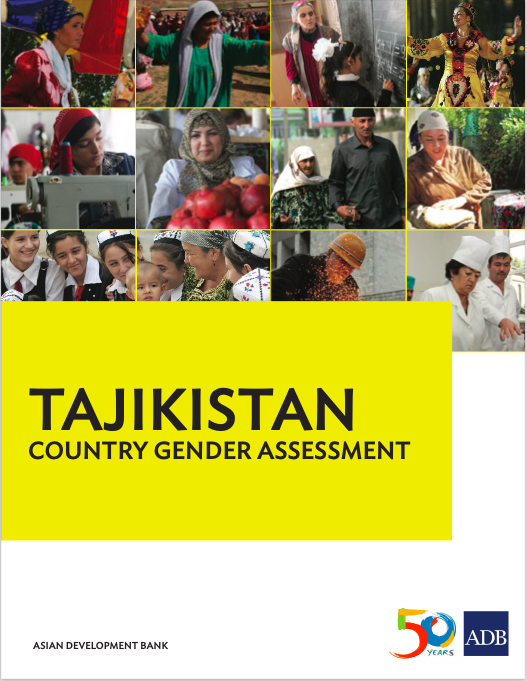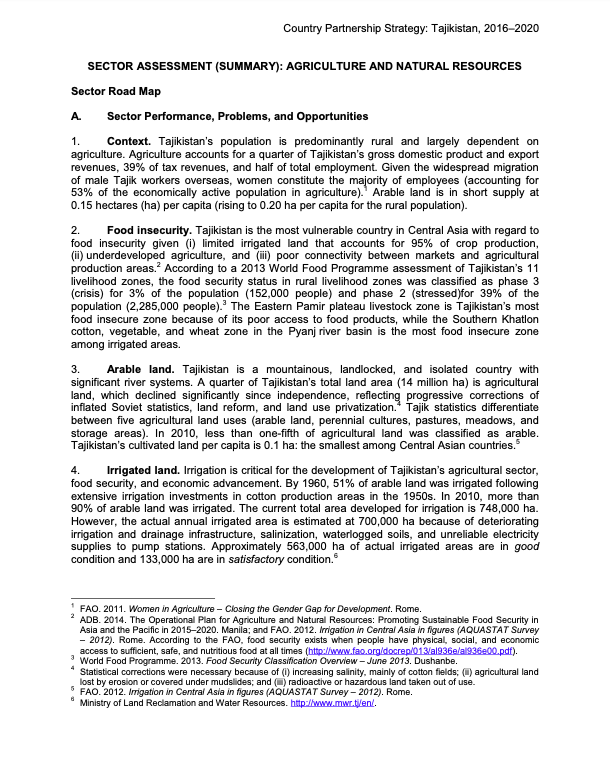The Asian Development Bank was conceived in the early 1960s as a financial institution that would be Asian in character and foster economic growth and cooperation in one of the poorest regions in the world.
As a multilateral development finance institution, ADB provides:
- loans
- technical assistance
- grants
Our clients are our member governments, who are also our shareholders. In addition, we provide direct assistance to private enterprises of developing member countries through equity investments and loans.
ADB maximizes the development impact of its assistance by
- facilitating policy dialogues,
- providing advisory services, and
- mobilizing financial resources through cofinancing operations that tap official, commercial, and export credit sources
Members:
Resources
Displaying 6 - 10 of 37Strengthening Functional Urban Regions in Azerbaijan
This publication helps guide investment planning and financing across key urban infrastructure sectors of Azerbaijan. It aims to improve the performance of cities—with a focus on economy, equity, and environment. The National Urban Assessment for Azerbaijan is among a series prepared by ADB for selected developing countries under its Urban Operational Plan 2012–2020.
Kazakhstan Country Gender Assessment
This assessment reviews ADB’s experiences in implementing gender mainstreaming in its portfolio in recent years. The assessment method has two main components. The first is a review of the status of gender equality and women’s empowerment in the country, based on a literature review, key statistics, policy documents, and key informant interviews. The second analyzes the achievements and challenges in mainstreaming gender equality in ADB’s programs and operations, and recommends the way forward to improve outcomes.
Prospects and adaptation strategies for the fisheries sector under climate change in Pacific Coral Triangle countries: Consultant’s final report
Tajikistan Country Gender Assessment
The resurgence of conservative patriarchal values in Tajikistan have led to the rise of early marriages and polygamy, compromising women’s and girls’ opportunities to realize their full potential to live quality lives, and have deterred women from fully participating in and benefitting from development. The report provides sector-specific gender analyses and identifies entry points for mainstreaming gender in agriculture and natural resources, education, energy, entrepreneurship and SME development, and transport.
Country Partnership Strategy: Tajikistan, 2016–2020
Tajikistan’s population is predominantly rural and largely dependent on agriculture. Agriculture accounts for a quarter of Tajikistan’s gross domestic product and export revenues, 39% of tax revenues, and half of total employment. Given the widespread migration of male Tajik workers overseas, women constitute the majority of employees (accounting for 53% of the economically active population in agriculture). Arable land is in short supply at 0.15 hectares (ha) per capita (rising to 0.20 ha per capita for the rural population).






